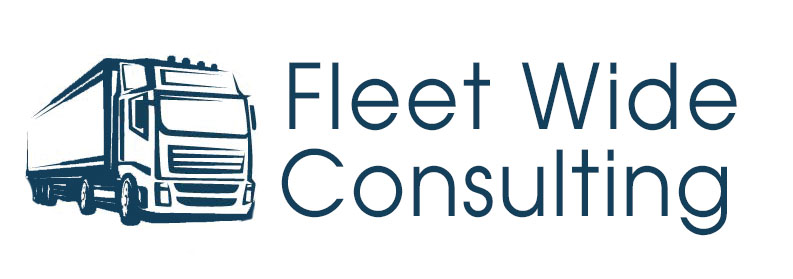The Journey to Safety Excellence
Achieving safety excellence within any organization is not a straight line, it’s a winding journey with many phases. Making your way through these phases takes time, sometimes years! In the earliest phases to achieving safety excellence it’s not uncommon for injury rates to be higher. Stay the course: as you gain more knowledge your company evolves and adjusts and not only will injury rates start to decline, you’ll reap other benefits as well.
Where Safety Excellence Begins
At the very beginning, most organizations may not even know what proper safety truly is. They may interpret safety as simply complying with the regulations. While regulatory compliance and discipline are certainly key pieces, this is the bare minimum of an excellent safety program. Kicking off a safety program beyond this core basic may require investing in new equipment or technology, or hiring a safety professional to consult on how to create the best program for your organization.
Working with a professional who understands safety programs and training can help you look at data, perform in-depth root cause analyses to see where issues are coming from, and guide you on where to take corrective action on unsafe working practices before problems arise.
Beyond the Foundation of Safety Excellence
Beyond the foundation of safety excellence comes company culture. If you’ve taken the steps to understand the basics, review data, and make corrections as needed, you’ll start to see obvious signs of who or what is holding you back. The employees who care about safety and value the importance of a safety program will be more engaging and forthcoming of information.
Keep in mind that just making policies and procedures are not enough. Safety initiatives must be supported with budget, commitment to training, and a dedication on taking corrective action. If you dedicate the needed resources to safety, you’ll not only have fewer injuries, you’ll benefit by experiencing improved morale, lower turnover, reduced absenteeism, and improved quality of work. These metrics together can direct financial and operational increases.
When management sends the message that safety is important not just because of regulations, but because they care about their employees, then they’re creating a corporate culture of value and trust. Remember, “people might doubt what you say, but they will always believe what you do.”
Getting Started with Organizational Safety
It can be daunting to know where to start. Here are three suggestions for initiating the process of a safety excellence program:
Management should publish a written policy that expresses their attitude about employee safety.
Hire a third party to facilitate an anonymous Employee Survey and allow the third party to compile the results and provide a report on the survey’s findings. Of course, take action on the results!
Ensure frequent communication between workers and management. Ideally, this should be daily.
Starting here will return measurable results that demonstrate to management the benefits of investing in safety.

